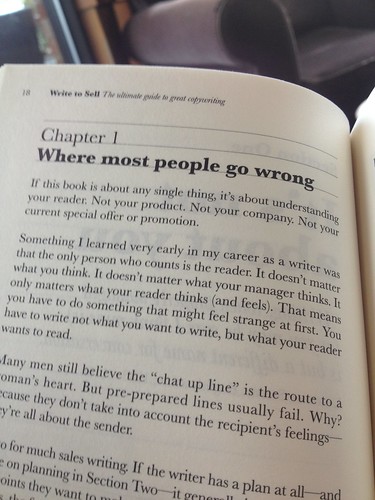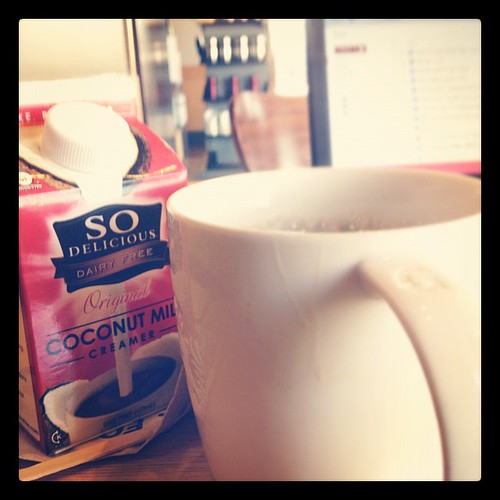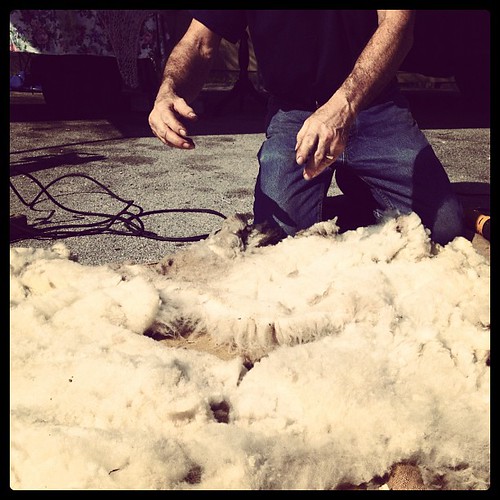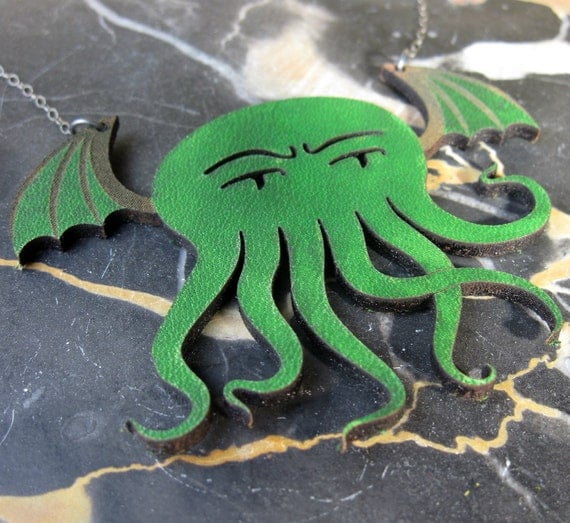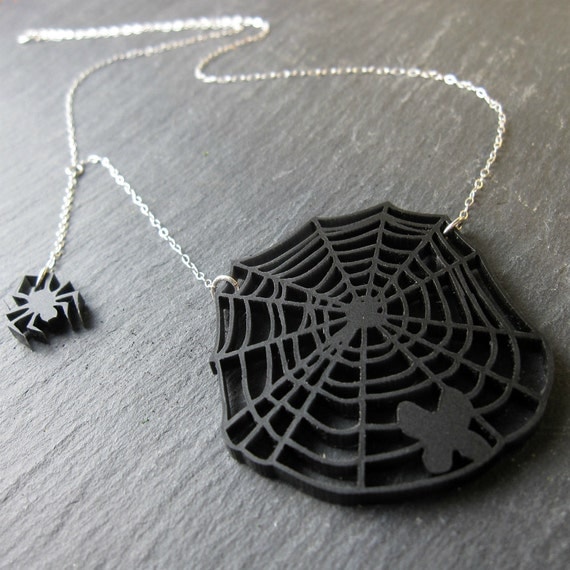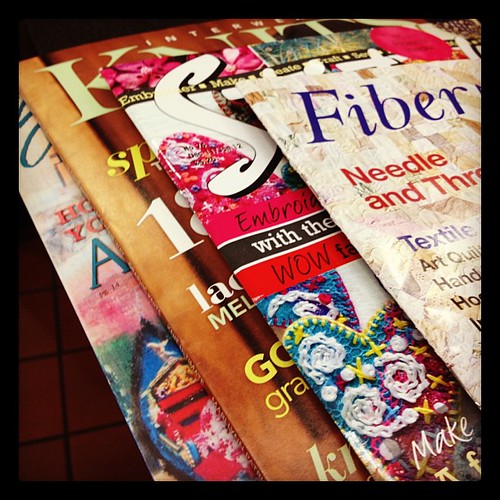The day I turned in my manuscript, I immediately went to the library and stocked up on books. Every kind of book. Books about writing, about faith, about veganism.
Imagine my delight when the very first book I read post-book, reiterated what I had written!

My book is a system for talking about your thing from two angles: what makes you and your thing unique, and what your people (the buyers) want from your thing.
Write to Sell starts right off with your customers and figuring out what they want. In fact, the first chapter starts like this:
If you've ever written anything for your business (a product description, an about page, an email) then you're familliar with the struggle to put what you know and think about your item out of your mind and focus on what your customers care and think about what you sell.
And as Write to Sell points out, your buyers are only thinking ONE thing about your product: What's In It For Me?
This is where makers get mixed up. They think that buyers are thinking “Oh, this is handmade! I love handmade! I want to buy it!“, so they write about how handmade it is, what they used, what their process is like.
In reality, buyers are thinking “Oh, this is handmade and buying handmade is better because….(it reinforces my self-image as someone who doesn't buy mass-made stuff, it's sustainably-made, it makes me feel like I'm supporting an artist, it's longer-lasting, etc).”
Your job is to fill in that blank for the buyer, to explain why buying this handmade thing is, in fact, better.
The author shares a helpful equation for filling in the blank.
Features ->Advantages -> Benefits
For example:
Feature: my Monthly Yarn Mail is spun-just-for-you and sent automatically, once-a-month
Advantage: You get the colors you want, delivered right to your door
Benefit: You don't have to “hunt” for the perfect yarn, it comes right to you.
Let's do another example, this time with something technical:
Feature: This bag is double stitched
Advantage: It's very strong
Benefit: You never have to worry about it busting, even if you have it stuffed full of your kids toys and food and books.
Walking through this equation in your product description or sales page makes it obvious to the buyer why they care and it how it benefits them.

